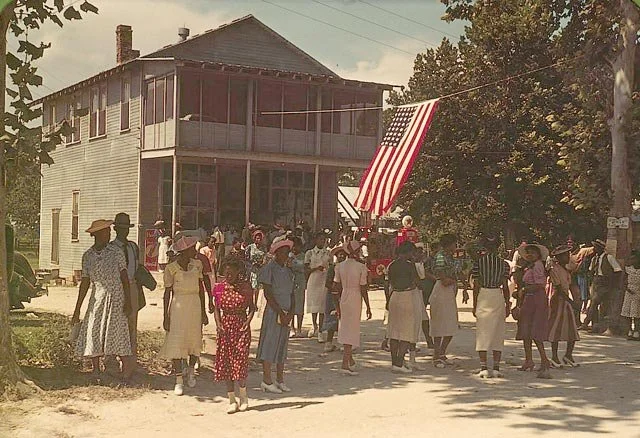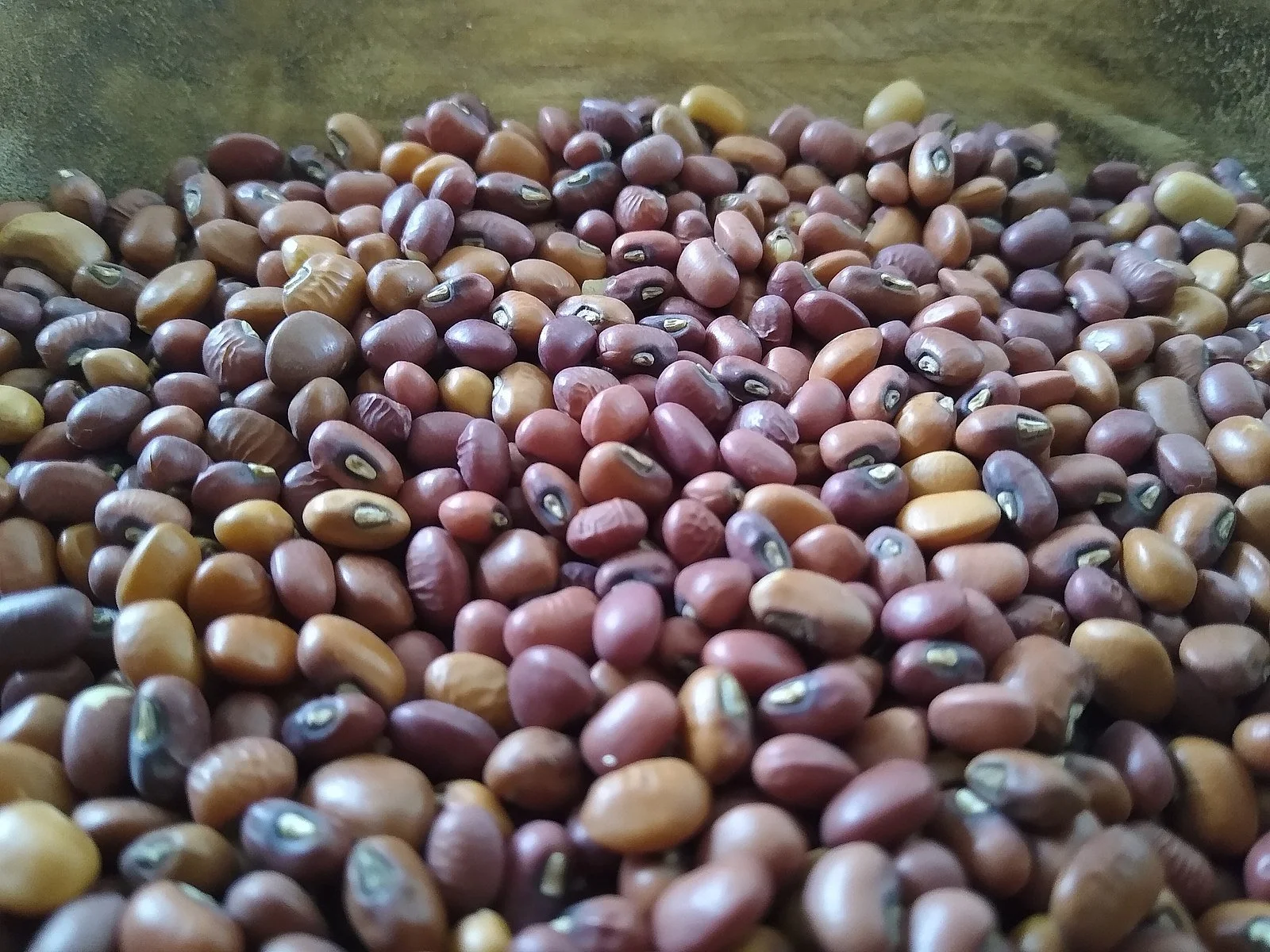A Brief Introduction to the Gullah-Geechee Culture
One term that we use on our tours that folks may not be familiar with is Gullah or Gullah-Geechee. Gullah-Geechee is an African-American ethnic and cultural group unique to the American Southeast, forged from the traditions of West Africans and their descendents combined with European and American cultures. Today, “Gullah” can refer to the culture as a whole, to people of the ethnic group, and to the language and related dialects.
During the Transatlantic slave trade, enslaved people were brought to the colonies from the western coasts of Africa, especially from what are now Senegal, Gambia, Sierra Leone, Liberia, Benin, Ghana, Nigeria, Gabon, Cameroon, and Angola. These West Africans and their descendents formed a distinctive subculture in the Colonies and newly-founded America, one which combined their ancestral traditions with the culture forced upon them by European-American enslavers. They developed an English-based Creole language, which borrows words and grammatical rules from West African languages, and built a distinct culture that kept alive their connections to Africa and their ancestors.
Today, the Gullah-Geechee cultural heritage corridor covers much of the lowcountry and Sea Islands of South Carolina and Georgia, and extends to parts of northern coastal Florida. These islands and remote communities found safety in isolation, and that isolation has in turn helped preserve this unique culture.
A lot of traditions and cultural aspects that are associated with the South at large actually originate in Gullah culture.
For example, what many Americans think of as Southern cuisine or “Soul Food” actually comes from the traditions of ancestral West Africans and the creativity of enslaved people. Dishes such as “Carolina Gold” rice, okra, black-eyed peas and cowpeas, yams and sweet potatoes, and local preparations of collard greens, pork, and shrimp, even mac and cheese, have all been found to have African roots. Enslaved Africans introduced many of these ingredients to the colonies, and utilized them in cooking for themselves and for their enslavers. The techniques for growing and processing cash crops such as indigo and rice were developed by Africans, and their expertise was prized in the similar climates of the southern colonies. Handicrafts such as sweetgrass basket weaving were also closely related to both practical agricultural skill and ancestral artistic traditions.
Another Southern tradition with African roots is that of haint blue, a distinctive sky shade that is frequently found on the ceilings of piazzas and porches, and painted on doors, window trims, and shutters. Its name refers to “haints,” evil spirits in Gullah culture that are believed to be warded off by the color blue. Some sources say it’s because the blue imitates water, which the spirits are unable to cross; others say that the blue mimics the sky, confusing the spirits and leading them away from entering the house.
It’s important to honor the roots of these cultural elements, especially considering the power dynamics under which they were brought to this region. Gullah-Geechee culture preserved connections with African traditions, ancestors, and identity, connections which proved vital for the physical and spiritual survival of enslaved people and their descendents. We want to honor the humanity of people who were treated as less than human, and part of that is acknowledging the myriad contributions they have brought to the rich culture of the American South. Gullah-Geechee culture represents survival and connection with heritage stretching long before colonial contact, and remains a vibrant part of the history and culture of the United States.
Please note that we are not of this culture and cannot speak for African Americans or folks of Gullah-Geechee descent. We encourage you to continue to learn about this culture directly from people of Gullah and African-American descent, as our academic interest cannot compare to their lived experiences. Here are a couple of great places to start:
Learn about Gullah-Geechee culture from the Lowcountry Gullah Community.
Learn more about Gullah language and culture from Charleston native Sunn m’Cheaux.
Visit the International African American Museum here in Charleston.
Plan a visit to the Gullah-Geechee Cultural Heritage Corridor.





